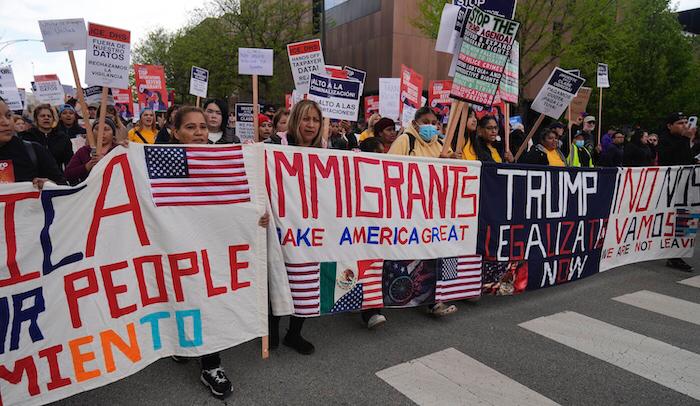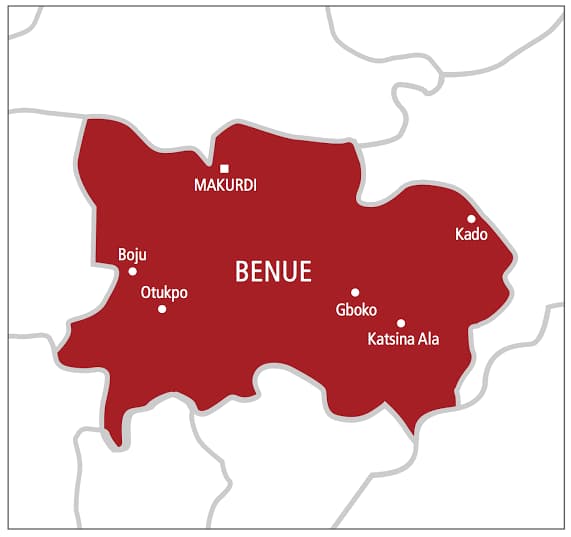In a dramatic show of resistance, millions of Americans have taken to the streets in protest. From coast to coast, U.S. residents are rallying against former President Donald Trump’s latest wave of policies—policies many say threaten democracy, justice, and the rights of everyday citizens. But what exactly sparked this massive public uprising?
This post breaks down what’s happening, why people are protesting, and what it could mean for the future of the United States.
The Flashpoint: Why Americans Are Protesting
The recent protests didn’t emerge out of nowhere. They are a reaction to a series of actions and policy decisions linked to Trump’s administration that have reignited widespread public frustration. Some of the biggest concerns include:
1. Mass Deportations
Under renewed enforcement policies, thousands of immigrants—many of whom have lived in the U.S. for decades—are being deported, even in cases involving legal residency or pending asylum applications. The deportation of Kilmar Ábrego García, for example, sparked outrage and became a symbol of perceived injustice.
2. Widespread Government Layoffs
Federal departments have seen significant staff reductions as part of Trump’s budget-cutting measures. This has led to disruptions in public services, from healthcare to education, creating real-life consequences for American families and workers.
3. Legal and Judicial Interference
Many protesters are also alarmed by what they describe as threats to judicial independence. The abrupt firing of officials like National Security Adviser Mike Waltz and the silencing of legal critics have led many to believe that the administration is undermining the rule of law.
May Day Rallies: A Historic Turnout
The protests reached a peak on May 1, 2025, during the annual May Day rallies. Traditionally a day for labor solidarity, this year it became a powerful platform for protesting Trump’s policies. Cities like New York, San Francisco, Los Angeles, and Washington, D.C. witnessed tens of thousands of demonstrators marching with signs demanding justice, fair immigration laws, and government accountability.
Students, teachers, healthcare workers, immigrants, and activists all stood side-by-side chanting for change. It wasn’t just a political event—it was a social movement.
Organized Resistance: More Than Just Outrage
This isn’t random outrage. It’s coordinated. Groups like the 50501 Movement (50 Protests, 50 States, 1 Movement) and the Hands Off! coalition (which includes over 150 organizations) have organized protests in nearly every U.S. state. These groups are calling for the impeachment of Trump and a return to democratic norms.
They argue that the U.S. is facing a critical moment, and silence would mean complicity in the erosion of American values.
What Protesters Are Saying
“This is not about politics anymore. It’s about people. Families are being torn apart. Our rights are being trampled. We’re here to say enough is enough.”
— A protester in Chicago
“I came out here for my students. For the immigrants in my classroom who don’t know if their families will still be here tomorrow.”
— A high school teacher in New York
These voices reflect a common sentiment: the fear that democracy is slipping and the urge to reclaim it through peaceful protest.
What Happens Next?
As the protests grow louder, questions remain:
-
Will the administration respond?
-
Will public pressure lead to policy changes?
-
Could this movement shape the 2026 elections?
One thing is clear: the American people are watching—and acting.
Conclusion
This wave of protests signals more than dissatisfaction—it’s a turning point. Americans are demanding more transparency, fairness, and humanity in their government. Whether or not change comes swiftly, one message is unmistakable: the people are awake, organized, and unwilling to back down.
Stay updated on this and other major U.S. policy shifts by following our blog.
Join our Whatsapp channel to stay updated always!
Click here to join our Whatsapp channel


